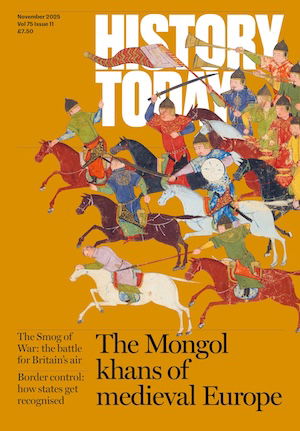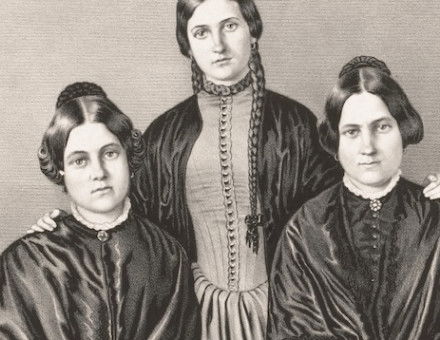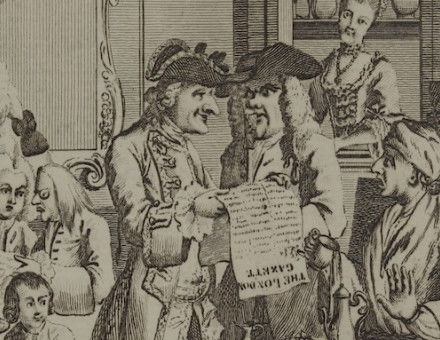Identifying criminals: Justice seen to be done
Identifying those who took part in the recent riots in London and other English cities may prove easier than in past disorders, but the recent widespread introduction of surveillance technology brings its own problems, argues Edward Higgs.
 In August 2011, after four nights of rioting, the English public awoke to newspapers full of photographs of looters with headlines inviting them to ‘Shop a Moron’. Many citizens did so, although some grainy images released by the police from closed-circuit television cameras (CCTV) were of poor quality and many rioters took the sensible precaution of wearing scarves round their faces. In London some looters even sacked a fancy dress store to acquire masks to hide their identities.
In August 2011, after four nights of rioting, the English public awoke to newspapers full of photographs of looters with headlines inviting them to ‘Shop a Moron’. Many citizens did so, although some grainy images released by the police from closed-circuit television cameras (CCTV) were of poor quality and many rioters took the sensible precaution of wearing scarves round their faces. In London some looters even sacked a fancy dress store to acquire masks to hide their identities.
‘Riotous assemblies’ are, of course, nothing new in England, nor are problems of identification in such circumstances, although riots in the past often had aims other than simple looting. In 1723 Parliament passed the Criminal Law (or Black) Act, which mandated the death penalty for those who had recently





